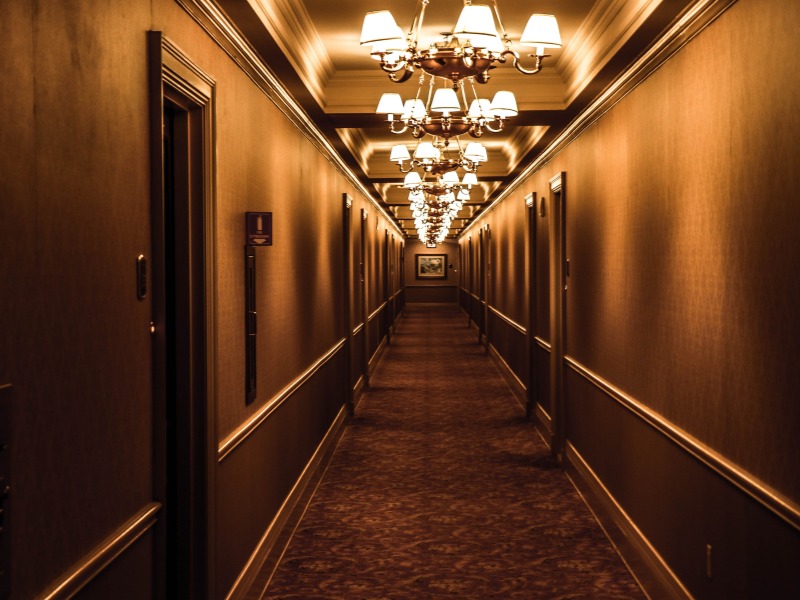Learn
Hotel Power

Imagine it is the week of Thanksgiving and you are all ready to travel back home to visit your family for the holiday weekend. Your bags are packed, the house is locked, and the hotel is booked. You look forward to a nice quiet place to escape to after an overload of family and food. Then you get a call from the hotel that they have lost power and are not sure when it will be restored. Then the panic sets in!
This was the nightmare that came true for a major hotel in Livonia, Michigan. The lights went dark and all power was lost while a 600 person conference was taking place at the hotel. Many rooms were occupied due to the upcoming Thanksgiving holiday weekend. The hotel facility manager believed that the cause was incoming power from DTE and waited 24 hours for power to return. They also investigated the possibility of renting a generator but elected not to go with that option due to the cost of $25,000 per day. On Wednesday, when power was not restored, the facility manager at the hotel contacted Utilities Instrumentation Service to investigate the problem.
UIS technicians arrived on site Wednesday. Part of the UIS emergency service protocol is to get a copy of the up-to-date one-line drawing to make sure they can service the facility safely. There was no one-line drawing available. Nevertheless, the UIS technician was able to follow the system from the incoming 13,200-volt feed to the switchgear. UIS discovered a blown transformer due to a flash-over on the primary side. The flash-over was caused by 26 years of accumulation of dirt, dust, and cobwebs. UIS with the Hotel’s authorization immediately ordered a new 2000 KVA transformer that is normally delivered the day of. The installation required a crane. Unfortunately, it was the day before Thanksgiving and by law, cranes cannot travel on the road the afternoon before a major holiday.
For a clean environment like a commercial building, NETA/ANSI standards and UIS recommend switchgear maintenance once every 36 months. This hotel was built in 1988 and was able to go 26 years without routine maintenance saving the Hotel about $25,000 by not doing the testing. However, the loss in revenue that week far exceeded those savings and cost the hotel chain their reputation. In sum, all electrical equipment fails. When downtime is not an option, it pays to follow NETA/ANSI standards. If your drawings and documentation are not up-to-date, contact a NETAfirm like UIS to help you update and or create the necessary system documentation.
The UIS technicians completed the installation of the new Transformer on Friday morning after the Thursday holiday. This saved the hotel from having further revenue loss over the holiday weekend.
In an emergency, the first priority of an Emergency Technician is to understand the system. Without proper up-to-date one-line drawings, control drawings, and documents, the technician must first take the time to study the facility and recreate the documentation either on paper or mentally. Only then can they focus on the emergency. This slows down the emergency response process. The bottom line is to make sure to have a one-line drawing for your electrical systems.



